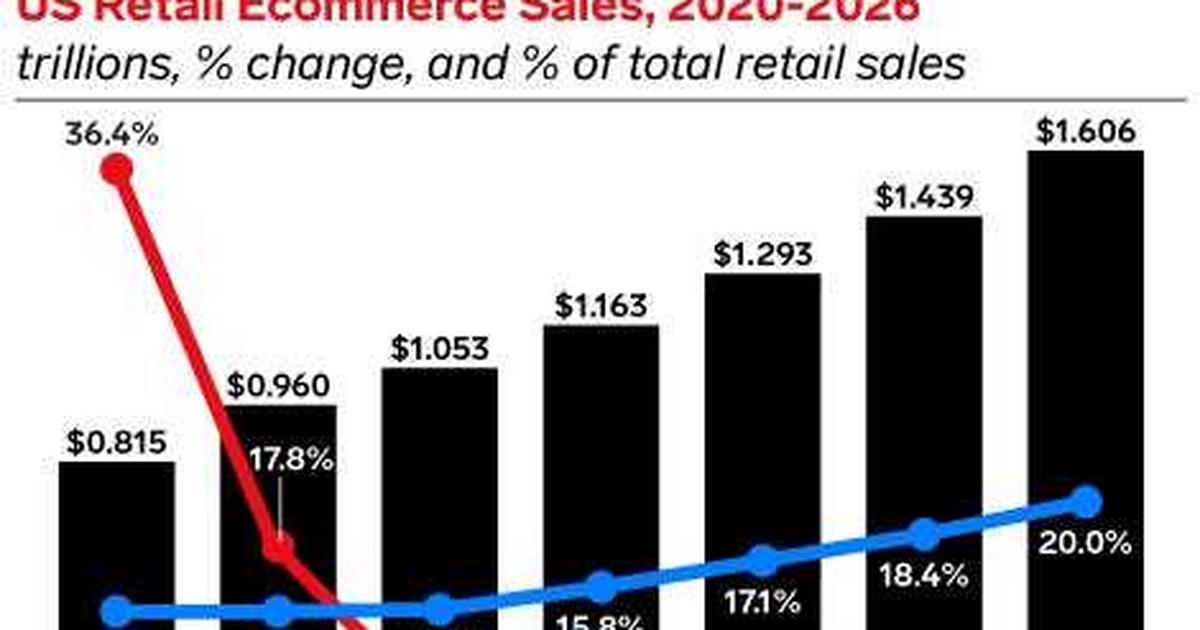Though we forecast ecommerce sales will remain above $1 trillion for the second consecutive year in 2023, some changes will need to be made to the purchasing landscape to address declining computer and desktop retail sales. Because consumers have been spending more time on mobile devices, it is predicted that smartphones will generate 87.2% of micro-commerce sales this year. As a result of this uptick, payment providers must invest in their mobile shopping and buying experience. Social commerce and connected devices are also showing larger adoption rates and can be expected to continue rising over the next few years.
Other payment sectors to watch include domestic peer-to-peer payments, which more than 3 in 5 smartphone users have adopted despite the high level of fraud; digital remittance, which nearly doubled between 2022 and 2027 even with its high fees; B2B payments, which are focused on cutting transaction time and making the shift to digital; B2C payments, which about half of the US population received a disbursement from in 2022, according to PYMNTS.com; and cross-border payments, which are bouncing back after the pandemic despite high inflation rates.
Overall, it is clear that in order to retain and build business, companies must shift to focus on digitization and integration. Curious to learn more about payment channels and types of transactions? Click here to purchase this report directly from Insider Intelligence. Want more data? Click here to purchase The Payments Ecosystem collection.
